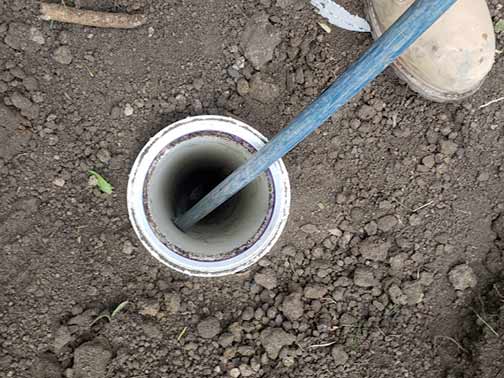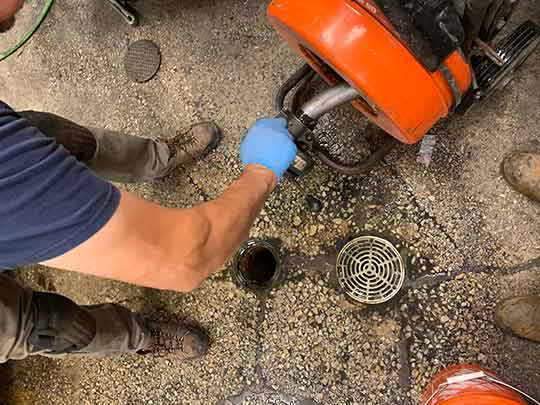Sewer Backups in Chicago
Living in Chicago presents unique challenges with sewer backups. The city of Chicago is served by a combination of public and private sewer systems with over three thousand miles of sewer lines. Despite ongoing preventative maintenance and infrastructure repairs, many Chicago homeowners experience sewer backups due to recurring issues of clogged or blocked pipes, bellied sewer lines, sump pump malfunctions, and home flooding. A sewer backup can be a major inconvenience and can be costly to repair and clean up.
While much of the responsibility for preventing sewer backups rests with city authorities and the water utility responsible for maintaining the city’s sewer system, there are steps homeowners can take to help reduce the risk of a costly and disruptive sewer backup.
Sewer Backup Prevention Tips
When it comes to preventing a costly sewer backup, the best defense begins at home. Here are some tips for avoiding a costly sewer backup in Chicago:
• Inspect your home’s sewer lines with a plumber and ensure any damaged or deteriorated pipes are replaced or repaired.
• If you have sump pump, inspect and maintain it regularly. Clean the filter screens and check the float switch to ensure the pump is operational.
• Avoid disposing of items that should not be flushed down the toilet such as sanitary wipes, sanitary napkins, diapers, grease, oil, or other oily products.
• Install a backwater valve sewer line. This will help protect against sewer line backups by automatically closing off the sewer line if the pressure of the water exceeds a certain level.
• Consider installing a sump pump basement watchdog, which alerts homeowners of any water intrusion in their home.
By taking a proactive approach and following these prevention tips, Chicago homeowners can reduce the risk of a costly and disruptive sewer backup.
Sewer Backup Prevention Chicago
In addition to the above-mentioned measures, there are several actions the City of Chicago is currently taking to prevent sewer backups in Chicago homes. The City of Chicago is investing in infrastructure improvements, such as installing new sewer lines, replacing lead water lines, regrades, and spot repairs, to its sewer system to reduce infiltration, inflow, and illegal connections. The City is also investing in green infrastructure projects to improve the stormwater drainage and reduce flooding, which can cause sewer backups.
The City of Chicago has also partnered with the Metropolitan Water Reclamation District (MWRD) to reduce combined sewer overflows that contribute to sewer backups in homes. The MWRD has designed the Tunnel and Reservoir Plan (TARP), which will reduce the amount of combined sewage overflows and prevent sewer backups in Chicago homes.
Finally, the City of Chicago has launched an incentive program to assist homeowners in offsetting the costs associated with sump pump installation and maintenance. The Sump Pump Incentive Program offers discounts of up to 50 percent on the cost of sump pumps and any associated labor and materials.
By taking proactive measures to prevent sewer backups and providing cost-effective solutions to homeowners, the City of Chicago is promoting a safe and healthy environment for all of its residents.
By following these simple tips and using the City’s resources, Chicago homeowners can take proactive steps to prevent costly and disruptive sewer backups. Doing so will not only help to protect the home, but it will also reduce the risk of costly repairs and clean-up associated with a sewer backup.

